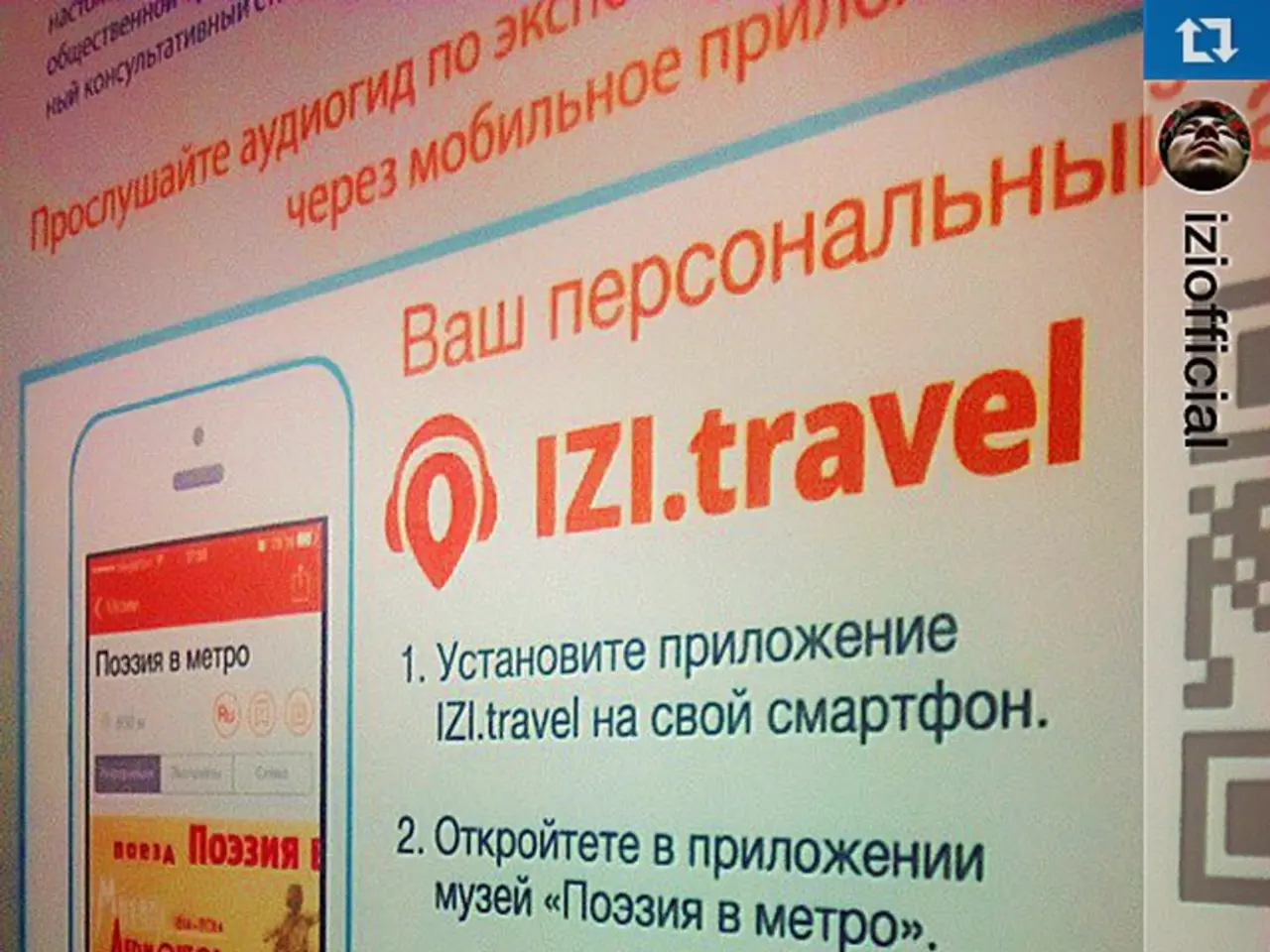Political Campaign Strategies: Exploring Proximity Targeting - Its Basics and Use in Influencing Voters Locally
In the digital age, political campaigns are leveraging a powerful tool known as proximity targeting to connect with voters in a more personalized and efficient way. This strategy delivers tailored political messages to voters based on their specific geographic locations.
By utilising data on voters' locations—ranging from broad areas like cities or districts to precise parameters such as ZIP codes or a radius in miles around a key address—campaigns can target ads and communications that resonate with local concerns, demographics, and political contexts. This is often implemented digitally through platforms that enable geotargeting features, such as social media advertising tools, where campaigns select target areas, set specific radii, and tailor messaging accordingly.
The geographic focus allows candidates to engage voters "on their own turf," including their private social media feeds, enhancing relevance and voter connection.
Advantages of proximity targeting include increased relevance and engagement, efficient resource allocation, enhanced voter mobilization, and compliance with regulations in regions like the EU. Voters receive messages related specifically to their community or district issues, improving the resonance and impact of campaign communications. Targeting local voters with tailored appeals can boost turnout and support effectively, as voters feel the campaign understands and addresses their unique needs.
Proximity targeting extends beyond polling stations, events, or political rallies. It helps campaigns connect with potential supporters in their neighbourhoods, increasing the likelihood of their involvement. Hyperlocal targeting, which focuses on extremely small geographic areas like neighbourhoods or buildings, often using historical behaviour, is further enhanced by proximity targeting's real-time dimension.
Geo-fencing, a technique that creates a virtual perimeter around a real-world location, triggering ads, alerts, or mobile notifications when voters cross into a targeted zone, is another tool within proximity targeting. This technology can help door-to-door canvassers plan efficient routes and deliver personalized messages while on the ground.
Campaigns with their own apps can integrate proximity targeting to send alerts, voter reminders, or content when users are near specific political hotspots or events. Campaigns can create custom zones around swing areas and deliver issue-specific or candidate-comparison ads to undecided voters in real time using proximity targeting.
However, ethical concerns around proximity-based political outreach include voter surveillance, data misuse, manipulation risks, and the lack of transparency about how voter data is collected and used in real-time targeting. Campaigns must ensure they comply with data protection laws, obtain user consent before tracking or delivering location-based ads, and use anonymized and aggregated data.
Technologies like GPS, Bluetooth, Wi-Fi, and beacons for location-based digital advertising underpin proximity targeting. Platforms like Google Ads, Facebook, Snapchat, and programmatic demand-side platforms (DSPs) support geo-fencing and proximity targeting capabilities.
Overall, proximity targeting leverages geographic and demographic data to make political campaigns more focused and context-aware, improving voter responsiveness and campaign efficiency. It moves beyond broad national appeals by honing in on the nuanced political landscape at the local or regional level. This new technology has been proven to be a successful form of marketing in recent years, helping to engage more potential supporters and gauge interest levels among specific demographics.
- In the digital age, social media platforms are being used by politicians for proximity targeting, a strategy that delivers tailored political messages to voters based on their geographic locations.
- Campaigns are employing data-and-cloud-computing to target ads and communications to specific areas, such as ZIP codes or a radius around key addresses, to resonate with local concerns, demographics, and political contexts.
- By using geotargeting features through platforms like social media advertising tools, campaigns can engage voters on their own turf, enhancing relevance and voter connection.
- Proximity targeting extends beyond traditional political events, helping campaigns connect with potential supporters in their neighborhoods using techniques like geo-fencing.
- War-and-conflicts, policy-and-legislation, crime-and-justice, general-news, and politics are among the various topics that can be targeted to undecided voters in real-time using proximity targeting.
- Ethical concerns about proximity-based political outreach include voter surveillance, data misuse, manipulation risks, and the lack of transparency about how voter data is collected and used in real-time targeting, necessitating compliance with data protection laws and obtaining user consent.




